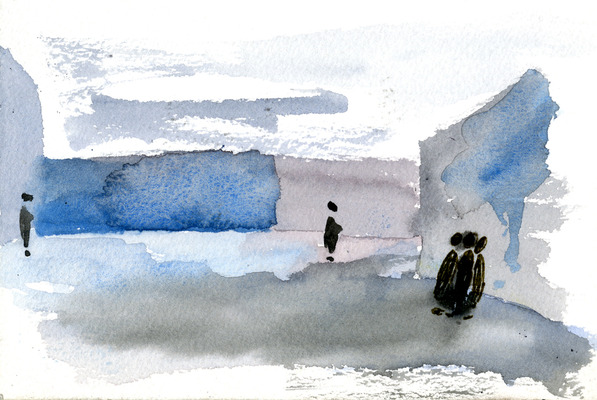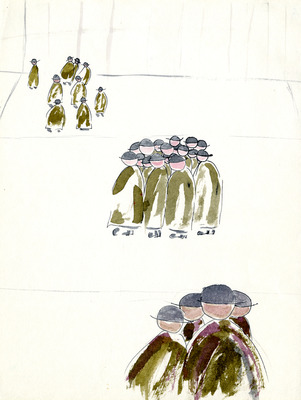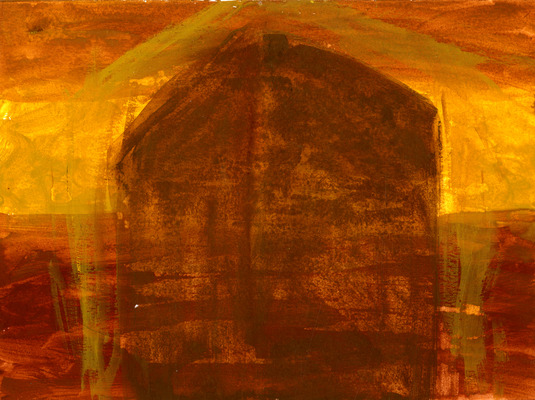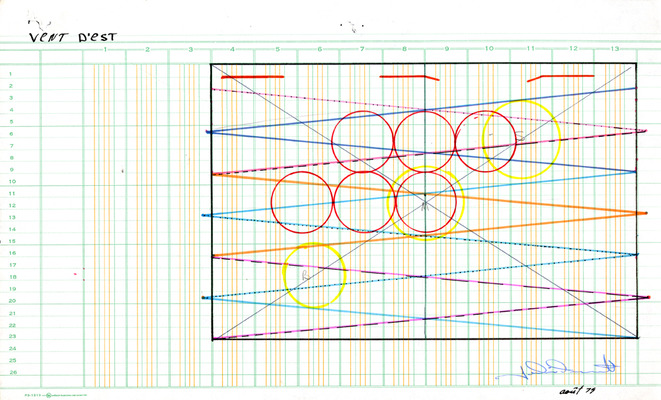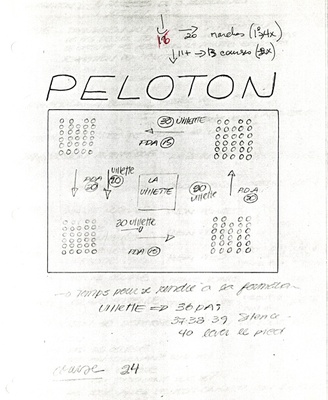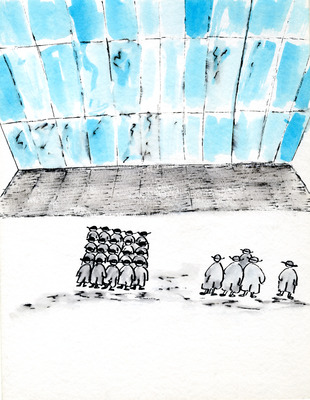
Joe
Jean-Pierre Perreault, artist
Creative activity for small groups
Divide the class into small groups. Pairs of groups are in charge of designing a set. The students in one group form a “living set”, created primarily with their bodies, with additional accessories or props of their choice. The students in the other group become performers. The living set is a springboard from which creative ideas can be developed.
Stage design
The stage design can be mobile or static, depending on how the groups wish to express their ideas.
For example, the dancers can:
- stand side by side to form a clear division of the stage space, thereby isolating some of the dancers;
- form a dense mass (core) that explodes each time a dancer crosses it;
- create a figurative form, such as a large tree, beside which a performer dances alone;
- form duos and adopt stances suggesting opposition or contrary desires.
Creating actions and cues
In addition to deciding on the living set’s form and spatial positions, the designer groups will need to consider the timing, order and types of actions the performers will carry out.
Actions will be initiated via a signal given by the living set performers. Signals could come from visual or aural cues.
For example:
- starting off the sequence with tiny steps when they hear a whisper;
- following up by falling as soon as the umbrellas are opened, etc.
A creative constraint could be added—for example, the requirement to use the space and the forms created by the bodies in it to express the idea of loneliness, isolation or any other theme in Perreault’s work identified by the students.
In the classroom…
For more information

